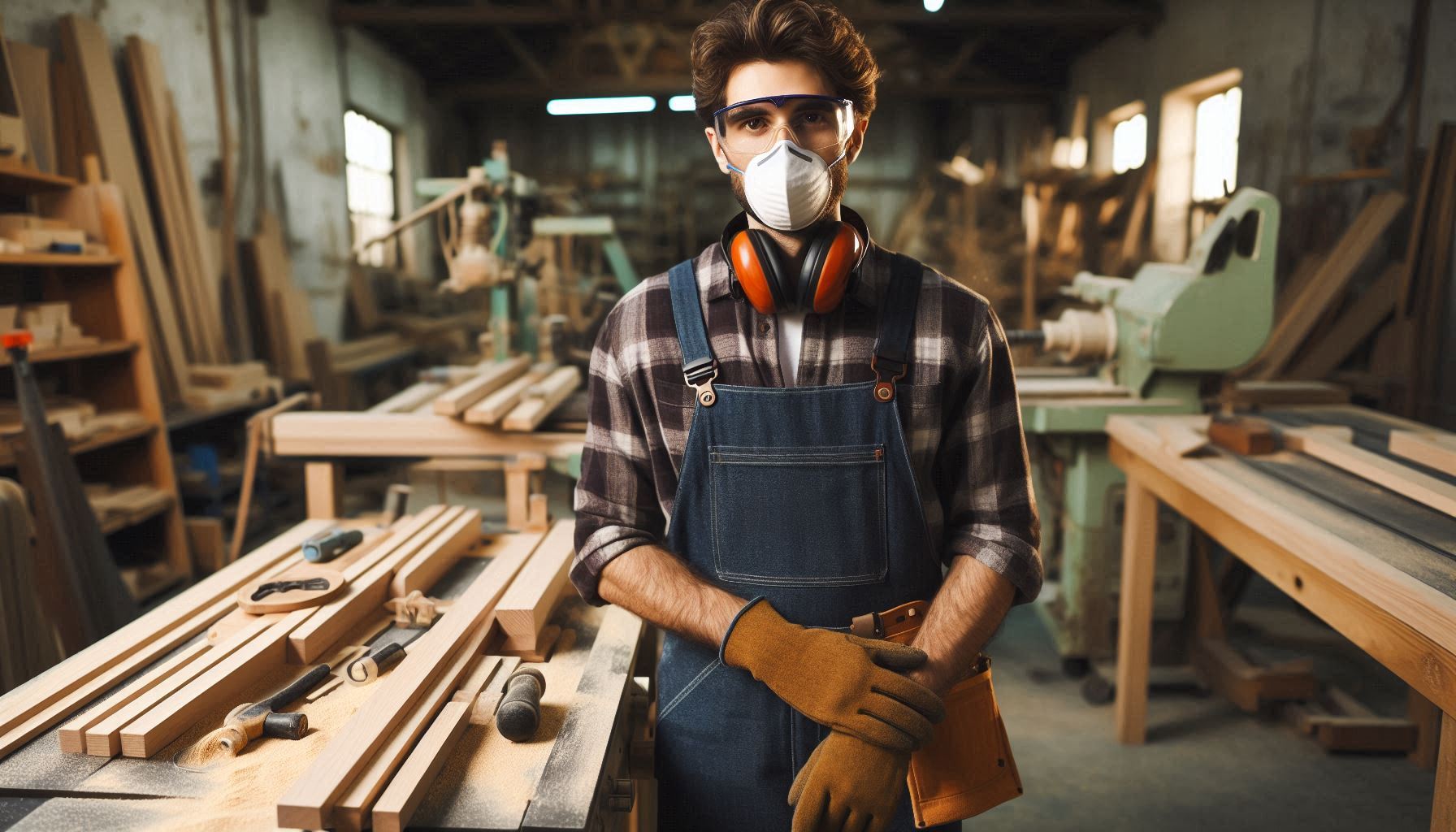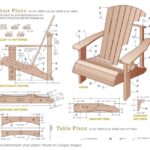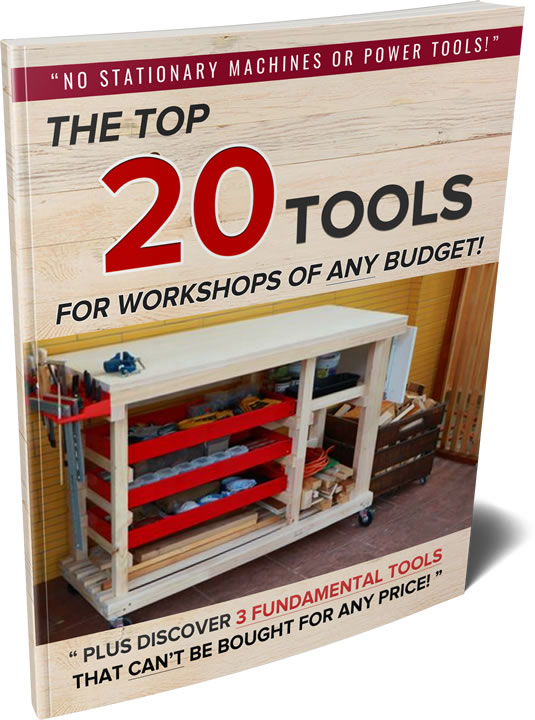
If you’re stepping into the realm of woodworking, safety should be your top priority. Let’s not beat around the bush; woodworking equipment is powerful and, without the proper safeguards, can be dangerous. That’s why it’s crucial to arm yourself with the right safety gear before you begin.
You’re going to find out about an array of devices designed to keep you out of harm’s way. This includes everything from push sticks and feather boards that keep your hands at a safe distance from blades, to magnetic switches that prevent accidental startups. Plus, safety guards and splitters on saws are non-negotiable—they’re essential in helping prevent kickback.
Now, eye protection is a big deal. Every time you power up a tool, wear safety glasses or a face shield. Imagine a stray wood chip flying at high speed; that’s a risk you don’t want to take with your eyes.
Hearing protection is next on the list. Those power tools aren’t just loud; they emit noise at levels that can cause permanent hearing loss over time. So earmuffs or earplugs should be a constant fixture in your workspace.
And let’s talk about the air you breathe; wood dust isn’t just messy, it’s a health hazard. A good quality respirator or dust mask can be the difference between a healthy hobby and respiratory issues down the line. Making sure you’re equipped with a proper dust collection system is as essential as the woodworking skill itself.
As we move forward, remember this is just the start. Protecting your entire body is as important as guarding your extremities and senses. That means thinking beyond the gadgets and looking at what you wear. Stick around as we detail the armor you need—from head to toe—in the next section on personal protective gear, the woodworker’s attire of choice.
Personal Protective Gear: The Woodworker’s Armor
I’m here to help you with a deeper understanding of personal protective equipment, commonly known as PPE, which acts as a woodworker’s first line of defense against potential hazards. Whether you’re a seasoned professional or a DIY enthusiast, emphasizing PPE is crucial for your safety.
Let’s focus on the essential gear that should be part of any woodworker’s toolkit. Gloves are the basic protectors for your hands, shielding them from splinters, cuts, and abrasions. Aprons not only keep the dust off but also provide an extra layer to safeguard against flying debris. And let’s not forget about footwear; sturdy boots or shoes can make a world of difference in preventing foot injuries and maintaining a stable stance while working.
Choosing the right gear involves more than grabbing the nearest pair of gloves or glasses. It’s about finding a fit that’s comfortable and secure, and selecting materials suitable for the tasks at hand. You may have to make choices based on durability, flexibility, and the level of protection offered.
Your protective gear should be as versatile as the projects you undertake. Imagine you’re turning on a lathe one day and sanding on another; your PPE needs might change accordingly. Make sure you have different protective gear for various tasks, so every activity is covered.
In my opinion, cultivating good safety habits starts with preparation. Checklist your safety gear before you begin your work; this proactive step ensures that everything you need is within reach and in prime condition for use.
Maintaining Your Safety Shield: Equipment Maintenance Best Practices
Remember, your safety equipment is only as good as its condition. Regular and thorough maintenance isn’t just a recommendation; it’s a must for any serious woodworker. Not only does it ensure your gear performs optimally, but it also extends the lifespan of each piece.
A step-by-step maintenance checklist can aid in keeping your safety equipment in top-notch shape. For example, cleaning your goggles and inspecting your respirator’s filters should be as habitual as charging your power tools.
Recognizing signs of wear and tear is crucial in deciding whether to repair or replace your PPE. Don’t compromise your well-being; timely replacement can mean the difference between a close call and an injury.
Moreover, your commitment to maintenance directly influences the quality of your projects. Well-kept equipment provides consistent protection, allowing you to focus on precision and craftsmanship.
Embedding a culture of safety through regular maintenance routines might feel like extra work initially. Yet, over time, these practices become second nature, forming a cornerstone of your woodworking ethos. And trust me, this diligence pays off—not just in the safety of your working environment but also in the peace of mind that comes with knowing you’re well-protected.



